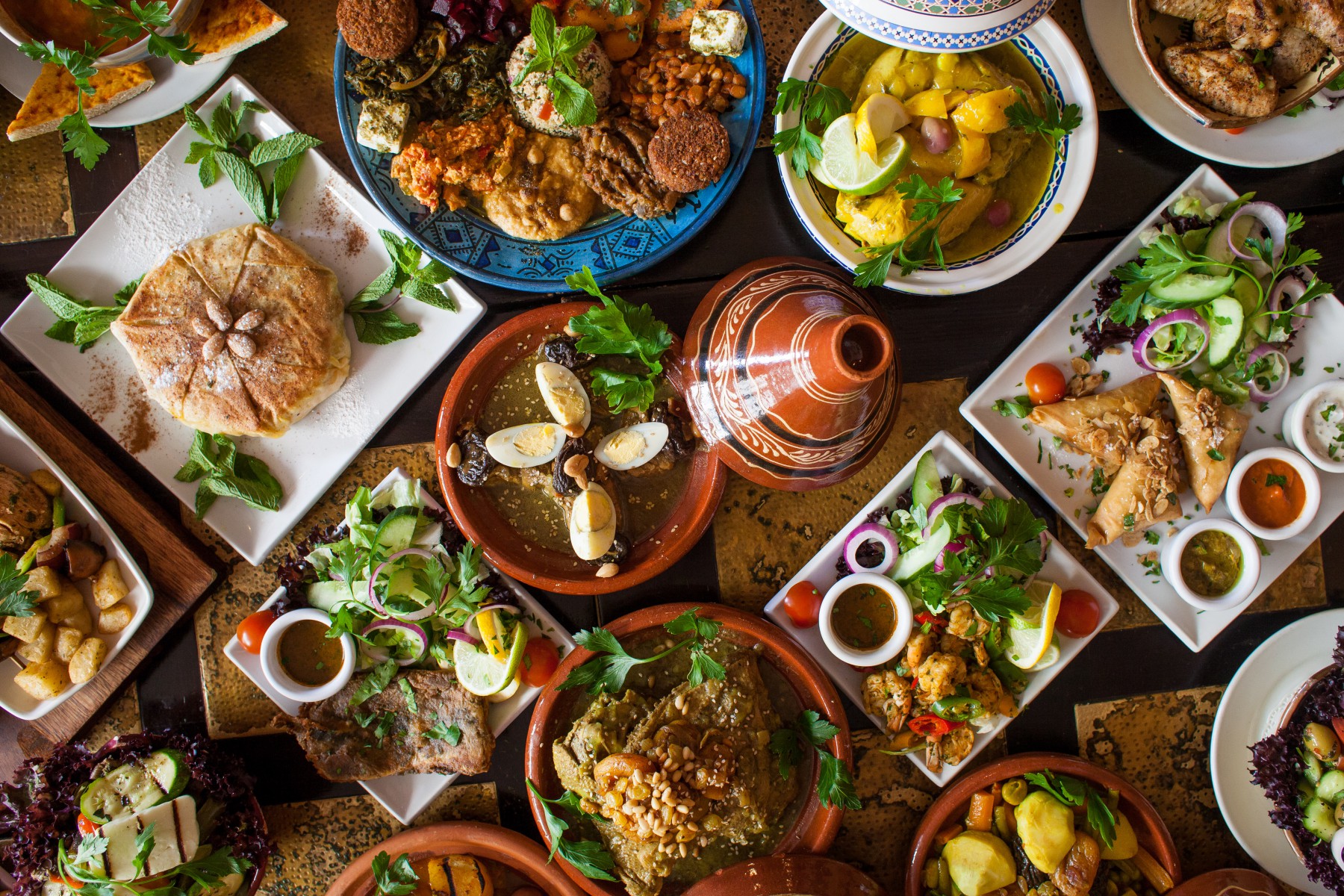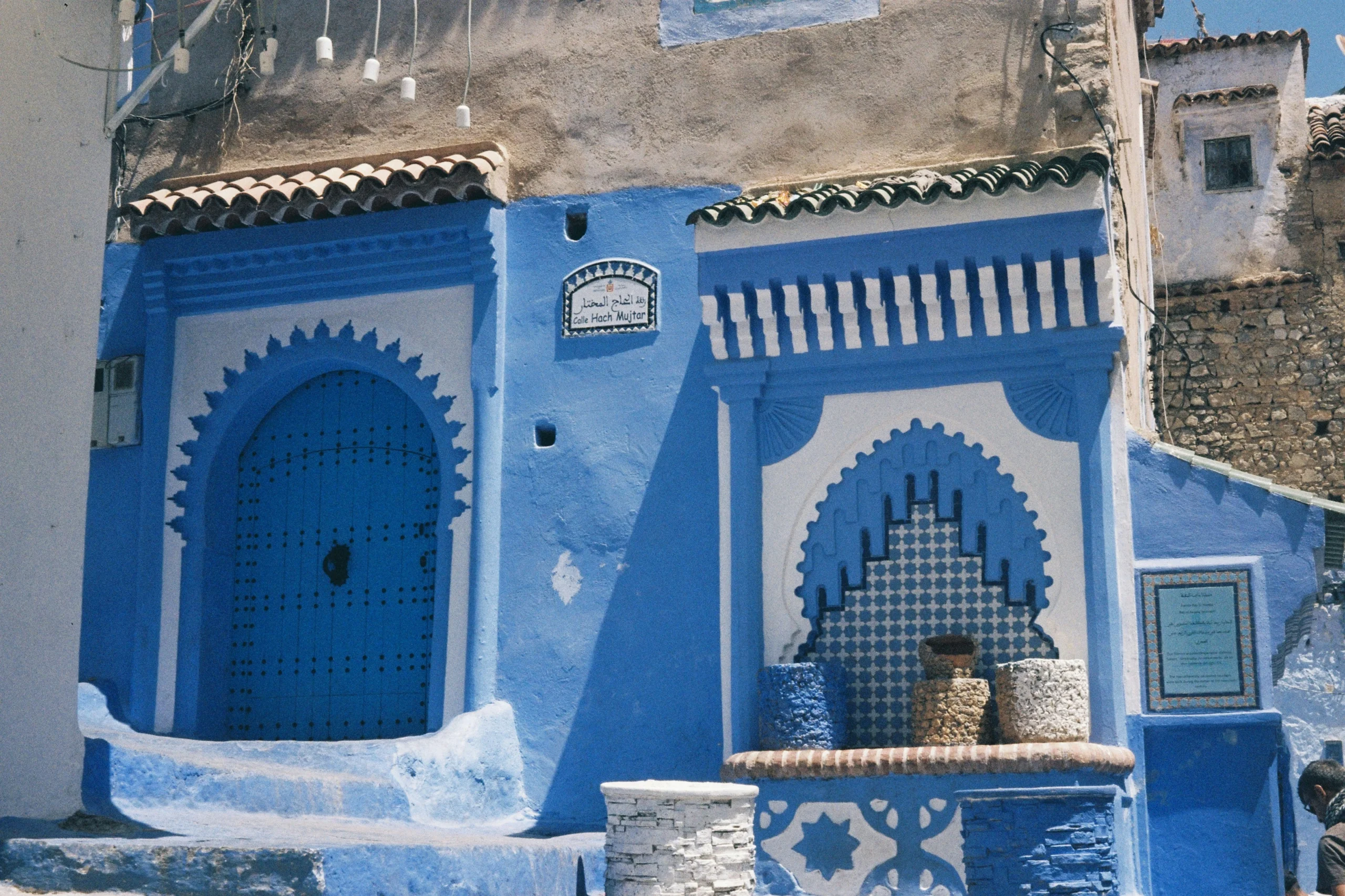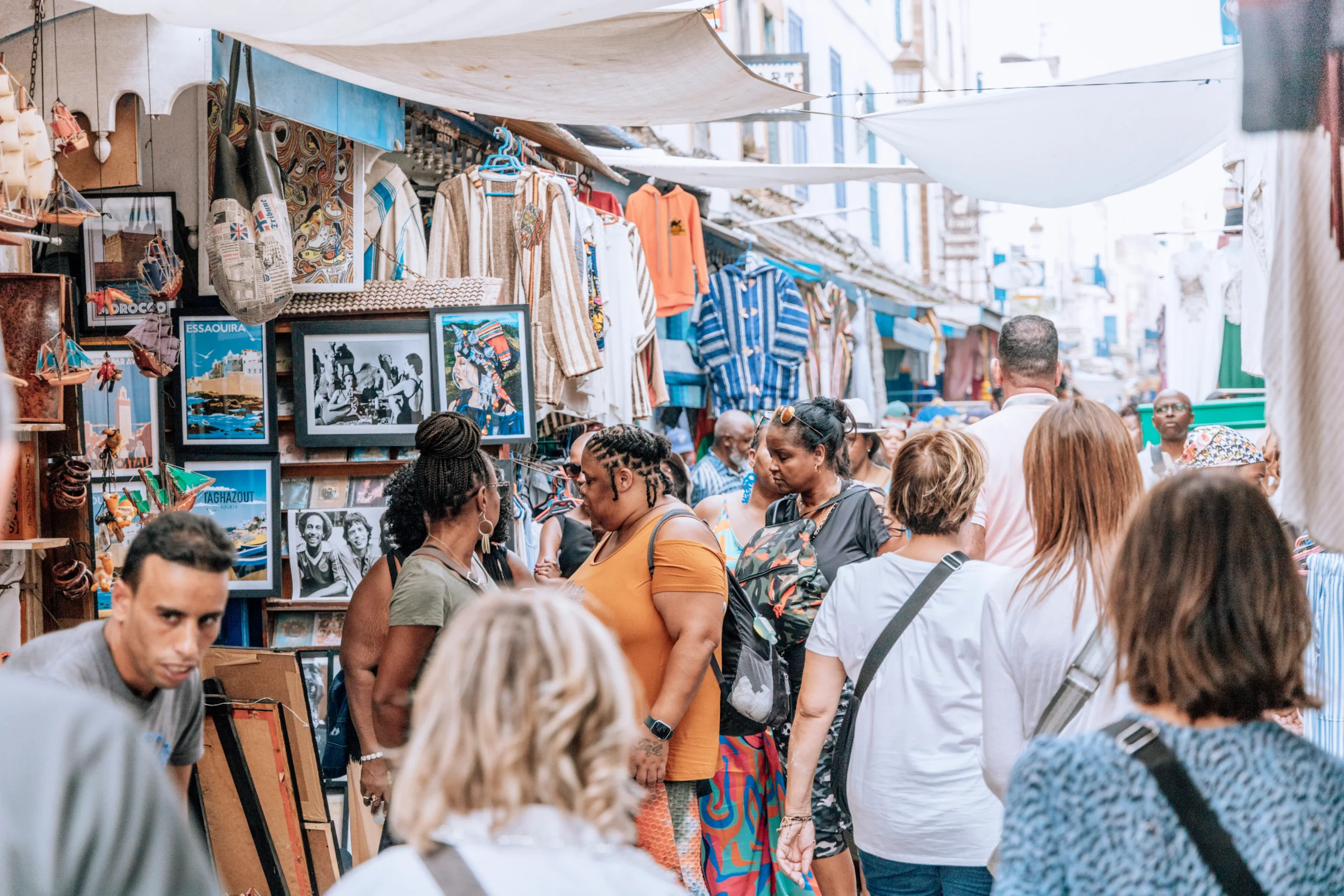Moroccan street foods
Moroccan Street Food: Simple and Delicious
Every part of Morocco is filled with simple and rich culinary traditions to explore. These foods invite everyone to enjoy Morocco’s unique flavors, spices, and tasty dishes. Moroccan street food is more than just meals; it’s a mix of tastes, sights, and sounds that show the country’s rich culture and history. From the cool scent of mint tea to the sweet taste of Moroccan pastries, every bite reflects the country’s vibrant food culture. As you wander through bustling medinas and charming coastal towns, you’ll encounter a gastronomic adventure that’s as much about connection as it is about indulgence.
What Makes Moroccan Street Foods Unique?
The charm of Moroccan street food is in how it mixes Mediterranean, Middle Eastern, and African tastes. These traditions create dishes that are full of flavor and warmth, leaving visitors wanting more. While iconic dishes like tagines and couscous take center stage in restaurants, the true heart of Moroccan cuisine lies in the streets, where bold spices, fresh ingredients, and traditional techniques come together in perfect harmony.
Must-Try Vegetarian and Vegan Delights
Bissara: A Hearty Bowl of Comfort
Bissara is a traditional Moroccan soup made from dried fava beans, carefully simmered to perfection. This iconic dish captures the essence of Moroccan comfort food and is a staple that warms hearts, especially during colder months. This nutritious dish is a staple during colder months and is seasoned with olive oil, cumin, and paprika, making it both wholesome and flavorful. Served hot and often accompanied by crusty bread, bissara is a comforting start to any day.
Lentil Soup: A Filling Treat
Lentil soup is another crowd-favorite street food. It’s prepared by simmering lentils in a rich tomato, garlic, and onion sauce, enhanced with spices like cumin and paprika. This hearty dish is a go-to for locals seeking a satisfying and healthy meal on the go.
Harira: A Ramadan Essential
Harira is a beloved Moroccan soup traditionally enjoyed to break the fast during Ramadan. Made with tomatoes, chickpeas, lentils, and fragrant spices, this dish offers a medley of textures and flavors. Often enriched with lamb or beef, harira is a dish that embodies warmth and hospitality.
Maakouda: Crispy Potato Fritters
Crisp on the outside and fluffy on the inside, maakouda is a potato-based street snack seasoned with parsley, cumin, and paprika. These golden fritters are deep-fried to perfection and are best enjoyed with a dollop of spicy harissa sauce.
A Treat for the Bread Lovers
Batbout: The Moroccan Pita
Batbout is a soft, pillowy flatbread often used to make delicious sandwiches. Cooked on a griddle, this versatile bread is perfect for pairing with savory fillings or dunking into soups.
Msemen: Flaky Moroccan Pancakes
Msemen is a layered, buttery flatbread commonly served with honey or cheese. Perfect for breakfast or as an afternoon snack, its flaky texture makes it a favorite among locals and visitors alike.
Liquid Gold: Argan Oil in Moroccan Cuisine
Morocco’s argan oil is a true culinary treasure, celebrated worldwide for its nutty flavor, exceptional health benefits, and versatility in Moroccan gastronomy. Drizzled over salads or blended into amlou (a spread made with almonds and honey), argan oil is an essential ingredient that captures the essence of Moroccan gastronomy.
The Spice Trail: Morocco’s Aromatic Legacy
The vibrant spices of Morocco—cumin, paprika, saffron, and Ras el Hanout—transform every dish into a sensory masterpiece. To enhance these flavors, mint tea emerges as an iconic Moroccan beverage. Its refreshing aroma and delicate taste offer the perfect balance to the richness of spiced dishes, making it an indispensable part of the Moroccan culinary experience. These spices are more than seasonings; they’re an integral part of Morocco’s identity, telling stories of ancient trade routes and culinary traditions.
For the Meat Lovers
Kefta: Skewered Perfection
Kefta, skewers of spiced ground meat, is a quintessential Moroccan street food. Grilled over an open flame, these skewers are juicy and flavorful, offering a smoky char that’s hard to resist.
Briouat: Savory Pastries
Briouat are crisp pastries filled with spiced meat, cheese, or vegetables. Their golden, flaky exterior and flavorful filling make them an irresistible snack for any time of day.
Caliente: A Northern Delicacy
Found primarily in northern Morocco, caliente is a savory chickpea flour tart that’s spiced and baked to perfection. Served warm, this dish is a rare treat worth seeking out.
For the Seafood Enthusiasts
Grilled Sardines: A Coastal Delight
Marinated in chermoula (a mix of herbs and spices), grilled sardines are a staple in Morocco’s coastal cities. Their smoky aroma and fresh flavor make them a must-try street food.
Fresh Oysters: Nature’s Luxury
In coastal towns like Oualidia, freshly shucked oysters are served with a squeeze of lemon, offering a taste of the ocean that’s both simple and exquisite.
Moroccan Desserts to Satisfy Your Sweet Tooth
Nougat: A Colorful Treat
Moroccan nougat, made with nuts, seeds, and sugar, is a vibrant and sweet delight. Found in medinas, these treats are as visually appealing as they are delicious.
Chebakia: Sweet and Spiced Pastry
Chebakia is a classic Moroccan pastry, a sesame-studded delight coated in honey and orange blossom syrup. This sweet treat is not only a staple during Ramadan but also a year-round favorite that embodies the rich culinary traditions of Moroccan desserts. Often enjoyed during Ramadan, its sweet, aromatic flavors make it a favorite year-round.
Fresh Juices: A Refreshing Finale
Juice stands across Morocco offer freshly squeezed options, from orange to pomegranate. Additionally, mint tea, a quintessential Moroccan beverage, provides a refreshing and aromatic alternative that perfectly complements the vibrant street food experience. Prickly pear, a local specialty, is a must-try for a burst of natural sweetness.
Tips for Enjoying Moroccan Street Food Safely
Follow the Locals: Choose vendors with long queues of locals, as this often indicates freshness and quality.
Eat Fresh: Opt for food that’s prepared in front of you or hasn’t been sitting out for too long.
Stay Hydrated: Fresh juices are a safe and refreshing way to stay hydrated while exploring.
FAQs About Moroccan Cuisine
What is a tagine, and why is it famous?
A tagine is a clay cooking vessel used for slow-cooked Moroccan dishes. Its unique design helps retain moisture, making the food tender and flavorful.
Is Moroccan street food safe for tourists?
Yes, as long as you follow basic precautions, such as eating at popular stalls and avoiding uncooked or unpeeled produce.
What spices define Moroccan cuisine?
Cumin, paprika, saffron, and Ras el Hanout are staples, adding depth and complexity to Moroccan dishes.
Moroccan street food offers a sensory journey that’s as diverse as the country itself. Whether you’re savoring a warm bowl of bissara or indulging in the sweet crunch of chebakia, each bite tells a story of tradition, flavor, and hospitality. Embark on this culinary adventure and experience the true heart of Morocco.












